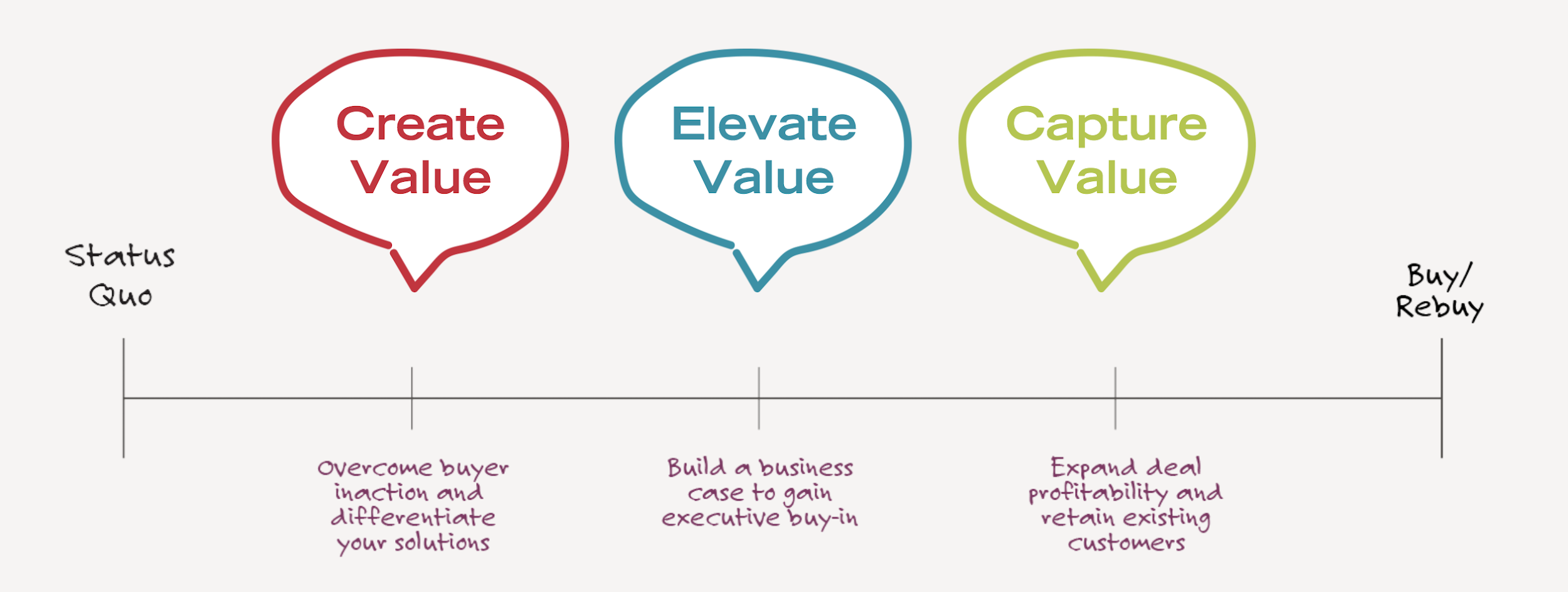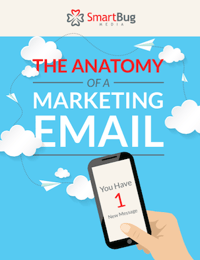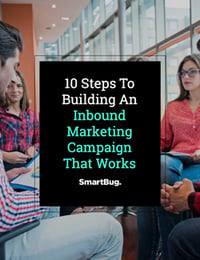
How to Increase Cold Email Response Rates: 7 Tips
August 20, 2019
Originally written on February 26, 2018. Content was updated August 20, 2019.
Are you tired of acquiring lists of potential, high-quality prospects, devising a cold emailing plan, and having no one respond? Is there any hope you can turn even one of those prospects into a customer? Has all of the hard work and research you put into acquiring those email addresses gone to waste?
Not necessarily.
I spent the better part of a decade emailing hundreds of thousands of cold prospects, trying different tactics and strategies to see what resonated. Here are the best cold email tips I have found:
How to Increase Cold Email Response Rates: 7 Tips
- Make It About the Prospect—Not Yourself.
- Don’t Come Off Too Sales-y.
- The Subject Line Is Just as Important as the Message Itself.
- Do Your Research on Your Target Prospects.
- Be Respectful.
- Use Personalization in Your Email Outreach.
- Add Value.
1. Make It About the Prospect—Not Yourself
The last thing you want to do is ruin your chances right off the bat by writing paragraphs about yourself and how great your company is. There’s a difference between logically introducing yourself and giving someone who has no idea who you are the entire spiel you give all your SQLs.
Remember that these people probably don’t know about you. If they don’t see any value in you contacting them, chances are they aren’t going to reply. Introduce yourself politely and then start talking about them. Let them know how your company will make their life or business better, and show them that you are truly interested in their betterment.
2. Don’t Come Off Too Sales-y
It’s natural to want to jump the gun and ask to set a meeting right away—after all, that’s the whole goal of cold emailing. But remember the saying, “Slow and steady wins the race.” That is also true for successful cold emailing. Think about the solicitors who ring your doorbell, fake a two-minute conversation, and then immediately slam you with a sales pitch about a product you’ve never heard of. Whether or not the product could benefit you, you’re put off by the experience. It feels forced, in your face, and quite frankly, like an invasion of privacy.
If you start thinking of emailing the same way you think of treating people face to face, you’ll soon realize that starting a conversation with “let’s set up a meeting this week!” is a sure-fire way to make people feel uncomfortable and put off. Start slow and open the conversation like you would if you were meeting someone new in person.
3. The Subject Line Is Just as Important as the Message Itself
Your email is only as good as your subject line, and there are literally thousands of articles and science-backed evidence of subject lines that work. But the best data is what you can pull from your own past email sends. Look at the past sales emails you’ve sent and see what works with your specific audience. Are there particular subject lines you’ve used that had good open rates?
Don’t try to reinvent the wheel if you already have a process in place that works well. If you’re still unsure of what works, do your own tests! There are so many different industries, so many different products, and so many different people that following the footsteps of someone else’s success won’t necessarily work.
Use examples as a guide, but never settle on what someone else’s opinion of a “great subject line” is until you’ve tested it yourself. You won’t get a response if they don’t even open your email, so make the subject interesting, personal, and unique from the more than 1,000 others in their inbox.
4. Do Your Research on Your Target Prospects
If you were face to face with someone, you wouldn’t call them the wrong name or mistake them for the opposite gender without feeling like a total fool. Don’t let the security of being behind a screen allow you to have a lower quality conversation. This might be my number one piece of advice: Do your research before reaching out.
This person could turn into a valuable customer but an easy way to make sure that never happens is by letting them know you put no time or effort into your outreach, making you look desperate and making them press “delete” before they even finish reading what you have to say. We live in the days of the internet. The information we need is out there. We can and should use it to our advantage.
5. Be Respectful
Let’s say a person replies to one of your emails and you get enthusiastic and are ready to book that meeting and close that deal, so you rush to reply, but then they suddenly go cold again. They replied to your email, though, so they must really be interested, right? You decide to reply again in a few hours—maybe they didn’t get your first email. They don’t reply to that, so you wait until the next day (it’s been 12 hours!) and email again. See where I’m going here? As with any relationship, rushing into things and not allowing space for the other person to critically think about the situation will most likely result in the person running away, quickly. Give them time to breathe between each touch. Would you be annoyed if the same solicitor you ignored the first time kept ringing your doorbell during dinner for a week straight? Let the conversation flow naturally and give it time before you reach out again.
6. Use Personalization in Your Email Outreach
Even if you have built the perfect cold email template, you’ll want to personalize it for each prospect, and I’m not just talking about “[[INSERT FIRST NAME]] here” personalization. Do your research and use it to your advantage. One of their interests is college basketball? Perfect starter conversation. Their company just made the news for XYZ? Even better starter conversation.
7. Add Value
One of my all-time favorite marketing and sales professionals, Tim Riesterer of Corporate Visions, helped me to transform the way I crafted our sales pitch for my sales team. Too often, I see companies so excited about their product or solution that they forget that no matter how good your product/service is, unless you can get people to buy in and realize their need, your product won’t get far.
If you can’t add immediate value or demonstrate what the possibilities could be, it will be hard for your prospect to be excited about a possible meeting or partnership. Human nature tends to be more complacent, and if people are comfortable and happy with where they are, why would they change? It’s your job to convince your prospects that the risk of staying the same is greater than the risk of changing to your product, service, or solution.

Cold emailing has been around forever and it’s not going away as long as email addresses exist. Whether you take these tips into consideration or not, remember that you’re emailing real people. We are inundated with email, yet somehow we pick out the ones that matter. Why? Because we can tell it’s from a human that has something important to say to us. Add the “human” into your emails, care about the person you’re reaching out to, and create a killer subject line to set yourself up for cold emailing success.
If you have a successful cold email strategy or tip that has worked in the past, I’d love to hear it!
Originally written on February 26, 2018. Content was updated August 20, 2019.%20(1).jpg?width=120&height=120&name=Fetchu_Mallory-008%20(1)%20(1).jpg)
About the author
Mallory Fetchu was formerly a Marketing Consultant at SmartBug with several years of experience creating and executing a full marketing strategy for a B2B packaging company. She is thrilled to take her knowledge of inbound marketing and help companies succeed online! Read more articles by Mallory Fetchu.








